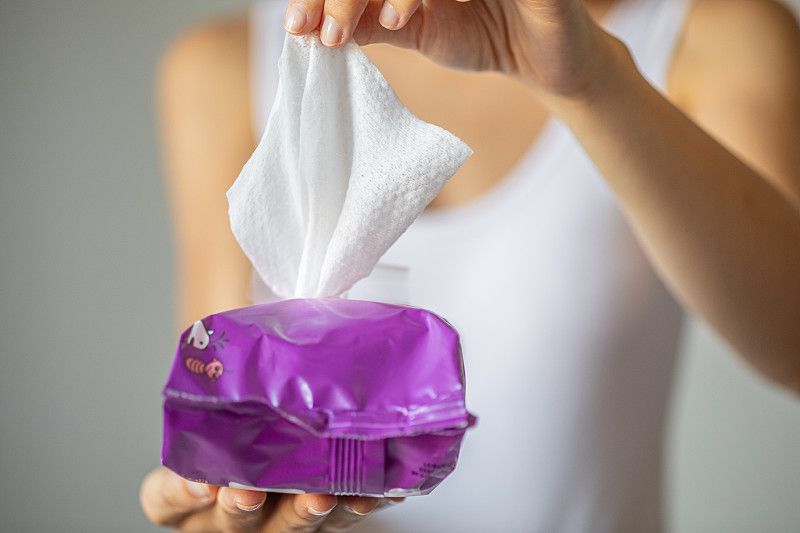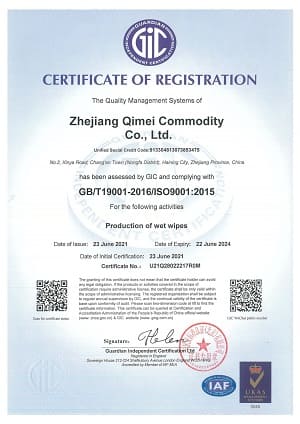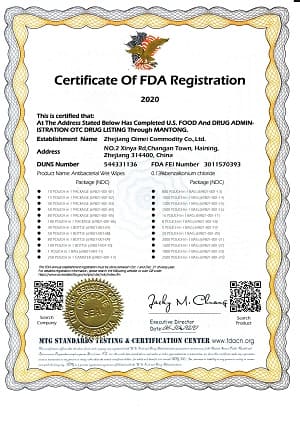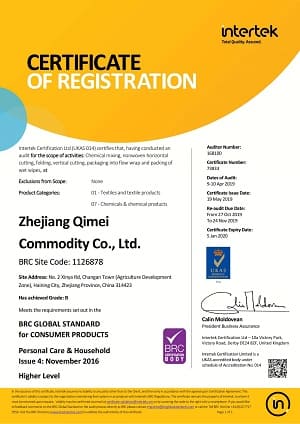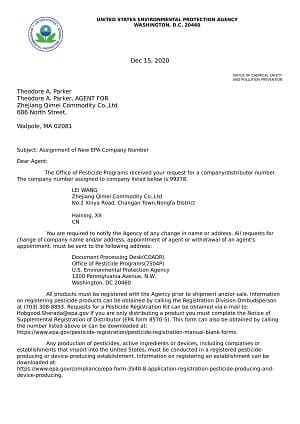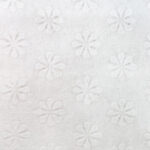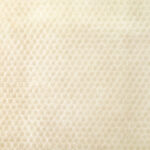Spunlace-Vliesstofftyp: Polyester, Poly-Viskose-Mischmaterial, Bambusfaser, Holzzellstoff (spülbar), Baumwolle oder Sojafaser (biologisch abbaubar)
Flach oder strukturiert (Ihr eigenes LOGO ist verfügbar)
Grammatur: 30–80 g/m²
1/10/30/80/100/120/160 Stück/Packung
Die Größe von nicht parfümierten Tüchern kann je nach Hersteller und Verwendungszweck der Tücher variieren. Duftfreie Tücher können von kleinen Einwegtüchern für die Reinigung kleiner Bereiche wie Gesicht oder Hände bis hin zu größeren Mehrzwecktüchern für die Reinigung größerer Flächen wie Arbeitsplatten oder Böden reichen.
Nicht parfümierte Einwegtücher sind in der Regel kleiner und reichen von einigen Quadratzoll bis zu einigen Quadratfuß, während größere Mehrzwecktücher mehrere Fuß lang und breit sein können.
Die Größe von nicht parfümierten Tüchern kann auch durch die Verpackung beeinflusst werden. Einweg-Tücher werden oft in kleinen Einzelpackungen verpackt, die sich leicht in der Handtasche oder Tasche transportieren lassen, während größere Mehrzweck-Tücher zur einfachen Aufbewahrung und Verwendung oft in Kanistern oder wiederverschließbaren Beuteln verpackt sind.
1. Wiederverschließbarer Plastikbeutel: Dies ist die häufigste Art der Verpackung von Feuchttüchern. Es besteht aus Kunststoff und hat oben einen wiederverschließbaren Streifen, um die Tücher frisch und feucht zu halten.
2. Flip-Top-Deckelbehälter: Diese Verpackungsart besteht aus einem Kunststoffbehälter mit einem Flip-Top-Deckel, der geöffnet und geschlossen werden kann, um an die Tücher zu gelangen.
3. Softpack mit Flip-Top-Deckel aus Kunststoff: Ähnlich wie der Flip-Top-Deckelbehälter wird diese Verpackung in einem Softpack geliefert und hat einen Flip-Top-Deckel aus Kunststoff für einfachen Zugriff.
4. Pop-up-Spender: Diese Verpackungsart verfügt über einen Pop-up-Spendermechanismus, der jeweils ein Tuch herauszieht.
5. Reisepaket: Eine kleine Verpackung für unterwegs, oft mit einem Schnappverschluss aus Kunststoff.
6. Einwegverpackung: Diese Feuchttücher werden in kleinen, versiegelten Päckchen geliefert, die praktisch für Reisen oder Outdoor-Aktivitäten sind.
7. Nachfüllbeutel: Diese größere Verpackung dient zum Nachfüllen anderer Feuchttuchbehälter und hat normalerweise eine wiederverschließbare Öffnung.
Die Formulierung von nicht parfümierten Tüchern kann je nach Verwendungszweck der Tücher und Hersteller variieren. Im Allgemeinen werden nicht parfümierte Tücher jedoch ohne Zusatz von Duftstoffen oder Duftstoffen formuliert und sind oft so konzipiert, dass sie sanft sind und die Haut nicht reizen.
Duftfreie Tücher können aus verschiedenen Materialien hergestellt werden, darunter Papier, Stoff oder synthetische Fasern. Die Art des verwendeten Materials kann die Textur und Wirksamkeit des Wischtuchs beeinflussen.
Für die persönliche Hygiene und Babytücher kann die Formulierung milde Reinigungsmittel wie Wasser und sanfte Tenside enthalten, um die Entfernung von Schmutz und Unreinheiten von der Haut zu unterstützen. Einige nicht parfümierte Tücher können auch feuchtigkeitsspendende Wirkstoffe wie Aloe Vera oder Glycerin enthalten, um die Haut mit Feuchtigkeit zu versorgen und zu beruhigen.
Bei Haushaltsreinigungstüchern kann die Formulierung Reinigungsmittel wie Tenside und Lösungsmittel enthalten, um die Entfernung von Schmutz und Flecken von Oberflächen zu unterstützen. Einige nicht parfümierte Reinigungstücher können auch Desinfektionsmittel oder Desinfektionsmittel enthalten, die dabei helfen, Bakterien und Viren abzutöten.
Gute Herstellungspraxis (GMP): GMP ist eine Reihe von Richtlinien, die sicherstellen, dass Produkte konsistent hergestellt werden und Qualitätsstandards erfüllen. Die Einhaltung der GMP wird in vielen Ländern häufig von den Aufsichtsbehörden gefordert.
Vorschriften der Environmental Protection Agency (EPA): In den Vereinigten Staaten unterliegen nicht parfümierte Tücher, die als Desinfektionsmittel vermarktet werden, den EPA-Vorschriften. Diese Vorschriften verlangen von Herstellern, dass sie ihre Produkte bei der EPA registrieren und sicherstellen, dass sie bestimmte Wirksamkeits- und Sicherheitsstandards erfüllen.
Vorschriften der Europäischen Union: In der Europäischen Union unterliegen nichtparfümierte Tücher verschiedenen Vorschriften, darunter der Verordnung zur Registrierung, Bewertung, Zulassung und Beschränkung chemischer Stoffe (REACH) und der Biozidprodukte-Verordnung (BPR). Diese Vorschriften verlangen von Herstellern, ihre Produkte zu registrieren und deren Sicherheit und Wirksamkeit nachzuweisen.
Zertifizierungen der International Organization for Standardization (ISO): ISO-Zertifizierungen wie ISO 9001 und ISO 13485 sind international anerkannte Standards, die das Engagement eines Herstellers für Qualitätsmanagement und Produktsicherheit belegen.
Sicherheitsdatenblätter (SDB): Hersteller sind verpflichtet, Sicherheitsdatenblätter für ihre Produkte bereitzustellen. Diese Dokumente enthalten Informationen zu den Inhaltsstoffen, möglichen Gefahren und sicheren Handhabungsverfahren für das Produkt.
